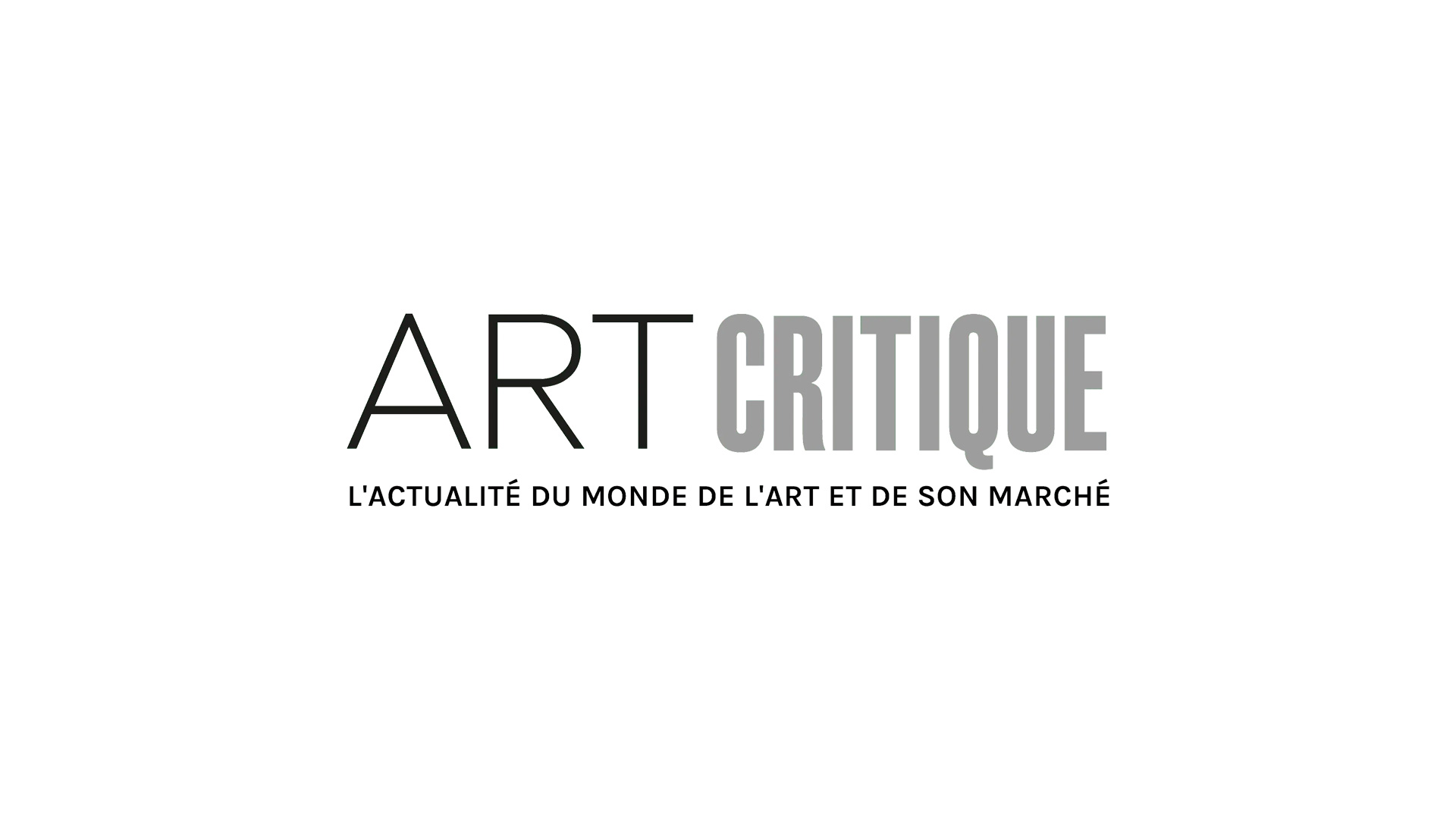As spring starts to tease us with a few warm, sunny mid-days, it’s hard not to look forward to the warm months of summer ahead…and the 2020 Summer Olympics and Paralympics. The Tokyo games are significant as it’s the first time a city in Asia has hosted the summer games twice but it’s also where the Olympic pictograms were born. To celebrate that, this year’s pictograms pay homage to the 1964 designs with retro blue and white images.
The pictogram might not be the first thing you think of when it comes to the Olympics and Paralympics but since they were introduced 56 years ago, they’ve been a mainstay for the games. They were born out of necessity as the games were becoming more international and organisers saw the need to communicate effectively to both athletes and spectators from various places who spoke an array of languages. As a result, Massa Katzumie and Yoshiro Yamashita created the 20 sports and 39 general information pictograms that were originally used.
Over the past two years, Masaaki Hiromura, a Japanese graphic designer, has worked to create the sleek, minimalistic 2020 designs that harken back to their 1964 roots. There are two versions, each, of the 73 pictograms (one with a white figure in a blue frame, the other its inverse), including 50 for the 33 Olympic sports and 23 for the 22 Paralympic sports. Though the blue pictograms will be most widely used, they’ll also appear in Kurenai, Ai, Sakura, Fuji, and Matsuba, all colours meant to reflect Japanese culture.
‘It is a real honour to have participated in the design of the Tokyo 2020 sport pictograms,’ said Hiromura. ‘I have tried to express the dynamic beauty of the athletes through these pictograms, while respecting the legacy bequeathed by the pioneers of the Japanese design industry in their designs for the Tokyo 1964 Games.’
The pictograms have also been put into motion for the first time by Kota Iguchi, a Japanese motion designer. The animations add life to the pictograms and give more incite to the sports they represent. It’s also something that Iguchi hopes is adopted for future games and ‘brighten[s] up each of the events.’
‘I hope that these pictograms will inspire everyone,’ continued Hiromura, ‘and help generate excitement for the different sports at Tokyo 2020, and that they will colourfully decorate the Tokyo 2020 Game.’
In addition to the pictograms, the 2020 Olympics and Paralympics have unveiled a series of official posters for the upcoming games. The posters, 12 for the Olympics and eight for the Paralympics, offer takes on facets of Japanese culture in relation to the game and range from abstract to comic-style takes on the events. Well-known artists, including Chris Ofili, Naoki Urasa, Philippe Weisbecker, and Viviane Sassen, have created posters for the games.
The Tokyo 2020 Olympic Games kick off on July 24th, 2020 and the Paralympic Games begin just after the Olympics close on August 25th, 2020.










